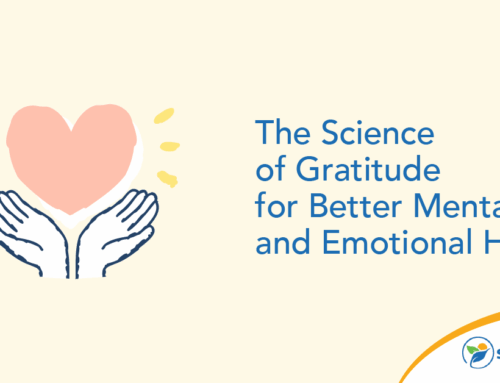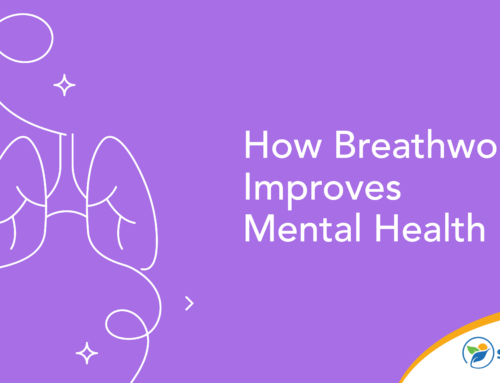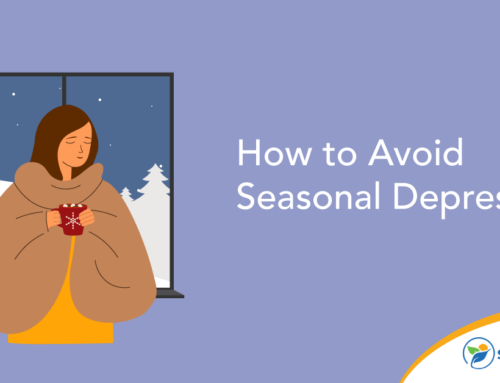You pride yourself on never needing help. When your friends offer assistance, you politely decline. At work, you take on extra projects instead of delegating. These are all signs you may be hyper-independent. While independence is generally positive, there’s a point when self-reliance becomes excessive and potentially harmful.
This extreme form of self-sufficiency is known as hyper-independence, and it can significantly impact your mental health and your relationships. Let’s explore what hyper-independence is, including its underlying causes and how to recognize if you or someone you love might be struggling with it.
Defining Hyper-Independence and Its Psychological Roots
Hyper-independence refers to an excessive level of reliance on yourself while avoiding dependence on others, even when help would be beneficial or necessary. It goes beyond healthy autonomy and turns into a rigid pattern that can lead to you feeling isolated and burned out.
Hyper-independent behavior often stems from early life experiences. Trauma can play a significant role in its development. When someone experiences betrayal, abandonment or abuse, they may unconsciously decide that depending on others is dangerous. This protective response becomes a problem when carried into adult life where different dynamics exist.
Attachment theory offers another perspective on hyper-independence. People who have avoidant attachment styles often display hyper-independent behaviors because they’ve learned to suppress attachment needs from an early age. This creates a disconnect between their actual need for connection and their behavior of pushing others away.
Signs You Might Be Struggling with Hyper-Independence
Recognizing hyper-independence in yourself or others can be challenging. After all, our society often praises extreme self-reliance. However, several key signs can tip you off to the fact that you might be crossing into unhealthy territory. Common signs include:
- Difficulty asking for help, even in small matters. You might experience physical discomfort or anxiety at the thought of requesting assistance.
- Overcommitment and regular burnout cycles. You consistently take on more than you can handle because you don’t want to admit you have limitations.
- Pride in “never needing anyone.” You view emotional self-sufficiency as a badge of honor and might even look down on those who openly need others.
- Discomfort with vulnerability. Sharing feelings, weaknesses or failures feels intensely threatening.
- Pushing people away when they try to help. When someone offers support, you might become irritable or dismissive.
- A persistent belief that others will inevitably let you down, so it’s better not to rely on them in the first place.
- Physical manifestations such as chronic stress, sleep problems or tension headaches from carrying all responsibilities alone.
How Hyper-Independence Affects Relationships and Mental Health
The impact of hyper-independence extends far beyond the individual, significantly affecting relationships across all domains. In romantic partnerships, it can create emotional distance as the hyper-independent person struggles to be vulnerable or accept care from their partner. This often leads to feelings of rejection and frustration for the partner who wants to provide support but finds themselves repeatedly shut out.
In professional settings, hyper-independence can manifest as difficulty delegating, micromanagement or resistance to collaboration. Initially, this might look like a high level of performance. However, it can eventually lead to decreased team cohesion and potential burnout.
Hyper levels of self-awareness often accompany this condition, creating a constant internal monitoring system that increases anxiety and self-criticism. This hypervigilance depletes mental resources that could otherwise be used for creativity, connection and joy.
Strategies to Overcome Hyper-Independence and Build Healthy Interdependence
Breaking the cycle of toxic independence requires patience and consistent effort, but it’s worthwhile. The benefits to your well-being and relationships are substantial.
Start small by asking for help with minor things that have low emotional stakes. Perhaps ask a colleague for feedback on a project or request a friend’s assistance with a simple task. Take note of your physical and emotional reactions during these experiments.
Practice mindful awareness of your independence patterns. When do you automatically reject help? What emotions arise when someone offers support? Understanding these triggers is crucial for changing the patterns.
Gradually build vulnerability in small increments through intentional sharing. This doesn’t mean exposing your deepest wounds immediately but rather practicing appropriate openness in trusted relationships.
Consider working with a therapist who specializes in attachment issues and trauma. Professional guidance can help you understand and rewire these deeply ingrained patterns. Cognitive behavioral therapy has been effective in addressing trauma-related issues, and many therapists recommend it for rewiring unhelpful thought patterns and behaviors. Remember that the ability to both give and receive support is a sign of emotional maturity and strength, not weakness.
Tips for Developing a Balanced Approach to Independence
It helps to recognize that building healthy interdependence doesn’t mean abandoning self-reliance entirely. Rather, it’s about developing flexibility in how you interact with others. Effective interdependence allows you to maintain personal boundaries while still fostering genuine connections.
Some practical approaches include practicing reciprocity in relationships so you’re both giving and receiving support. Start by identifying low-stakes situations where accepting help won’t trigger intense anxiety. For example, you might ask a coworker for input on a project or allow a friend to pick up lunch when they offer.
Journaling can also help track your responses to offers of assistance. Note any physical sensations, thoughts or emotions you feel when someone offers support. This self-awareness creates opportunities to challenge your unhelpful beliefs about needing others.
When working with a therapist, consider exploring how your family of origin may have shaped your views on independence. Many hyper-independent individuals grew up in environments where they had to be self-sufficient too early in life. This may have been due to absent caregivers, inconsistent support or family values that overemphasized autonomy at the expense of connection.
The Impact of Hyper-Independence on Emotional Well-Being
Shifting from hyper self-awareness to healthy interdependence is a journey that requires courage and persistence. The goal isn’t to abandon self-reliance entirely but to develop the flexibility to depend on others when appropriate.
If you recognize the signs of hyper-independence in yourself or a loved one, know that change is possible. Support systems and professional guidance can make a significant difference in breaking these patterns and building more fulfilling connections.
For more information about trauma and its effects on mental health, resources are available, as well as comprehensive guides on coping with traumatic events.
At Sunlight Recovery, we understand the complex nature of hyper-independence and how it can impact your life and relationships. Our compassionate counselors specialize in helping individuals develop healthier relationship patterns and emotional responses. Contact us now to start your journey toward balanced independence and meaningful connection.







